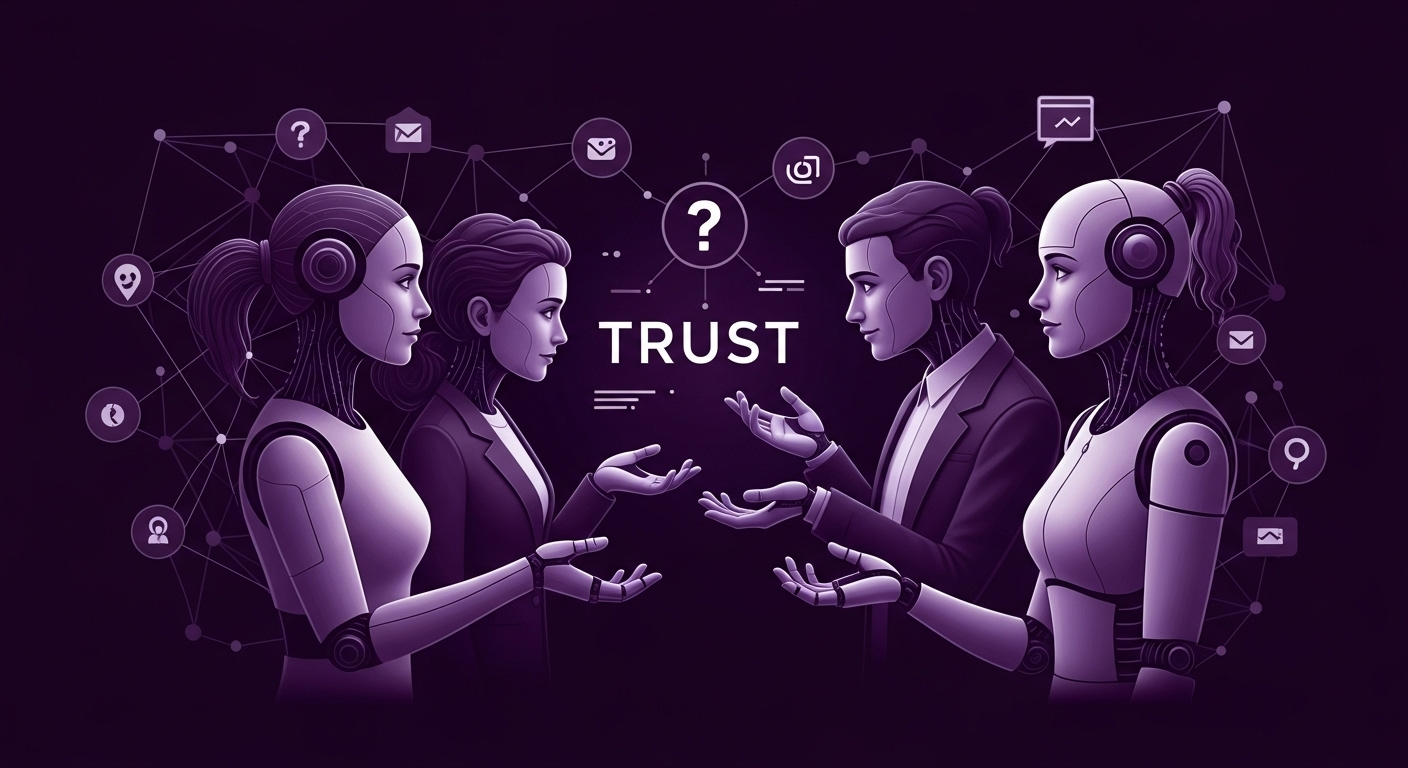Anyone working in technology knows: for decades, system integration was essentially a technical challenge. An engineering problem, solved with lines of code, connectors, and well-defined protocols. A complex obstacle, no doubt—but one that belonged to the world of Exact Sciences: design the right architecture, follow the rules, and make systems talk to each other. That logic worked for a long time, but the landscape has changed.
On one hand, with the rise of artificial intelligence, we’ve never had so many available solutions. On the other hand, we’ve never seen so much waste. Pilots are launched, budgets are spent, expectations are set—but transformation doesn’t happen. A recent study by the Massachusetts Institute of Technology (MIT) proves this: 95% of generative AI projects don’t deliver effective results.
In the coming years, this inefficiency may persist—or even grow—with the advent of AI agents: systems capable of interacting with users and making decisions on their own. Without proper preparation, companies could turn into massive entangled webs.
The reason is simple: the problem of integration is no longer just a technical paradigm—it’s also becoming a human one. When we talk about thousands of agents interacting, accessing legacy systems, and collaborating with people, the issue is no longer about protocols but about governance.
Just as societies need strong institutions to function—like a Constitution and an independent Judiciary—companies will need new structures to manage the autonomy of these agents.
This is where the concept of "trusted autonomy" comes in. It represents the inevitable shift from technique to politics—and may be the most decisive step for AI to truly transform business.
The Past and Present of Integration
For a long time, system integration was a time- and resource-consuming task for IT teams. To reduce costs, many organizations relied on fragile, one-off solutions—workarounds.
Some disruptions changed that. First came the Enterprise Service Bus (ESBs), APIs, and integration platforms, bringing standardization. Then, low-code simplified what had once been the domain of heavy tools. Despite democratizing integration, it still relied on humans to design and maintain connections.
Later, AI assistants emerged, accelerating work by automating repetitive tasks like documentation and mapping. The productivity gain was enormous—but the final decision still rested with humans.
When Integration Becomes Politics
Unlike assistants, agents can work together. They share responsibilities, exchange information, negotiate priorities, and coordinate complex tasks across different systems in the company. More than that: they operate autonomously.
Imagine a supply chain operation: one agent handles inventory, another handles logistics, another demand forecasting. None generates value alone; cooperation drives efficiency—but who decides when conflicts arise?
This is when the integration challenge moves from technical to political. With AI agents, integration becomes equivalent to creating digital institutions capable of mediating interests, bargaining, resolving conflicts, and ensuring alignment.
Agents are not rigid: they interpret context, adapt decisions, and often compete for resources (data, priorities, processing time). How can we ensure this multiplicity of autonomous voices act in ways aligned with the company’s values and goals?
Just as societies invented parliaments, courts, and systems of checks and balances, companies will need to design structures that allow thousands of digital agents to coexist.
The value of AI, after all, doesn’t lie in marginal gains—but in productivity at scale. Companies will only see real transformation when they multiply their delivery capacity by 20, 50, or even 100 times—something impossible with isolated pilots. This scale will only come with proper governance of autonomous agent ecosystems.
Checks and Balances
Trusted autonomy means delegating tasks to AI agents knowing they will act in a way that is aligned, safe, and transparent.
This change is not only technical—it is cultural and semantic. To get the whole picture, it helps to think in terms of two types of “governments”:
- Live Mode: for low-risk tasks where improvisation is acceptable
- Governed Mode: for critical and auditable integrations where failure is not an option
These two modes aren’t opposites—they should coexist. On one hand, live mode represents the democracy of improvisation: flexible, adaptable, suitable for low-risk tasks like answering queries or adjusting campaigns in real-time.
On the other, governed mode acts like a rigid constitution, necessary for processes like credit approvals or financial transactions. Here, every decision must be auditable, predictable, and protected from error. The future of integration lies in mastering the balance between freedom and control.
In this scenario, the central question will no longer be “who has the smartest assistant?” but:
“Who has the most trustworthy agent network?”
Soon, complex tasks won’t depend on a single model, but on the collaboration of multiple specialized agents, connected to legacy systems and human processes.
Trusted autonomy is, therefore, the next digital institution. Organizations that know how to build it will ensure that agents operate under clear rules, respecting policies, security, and strategic goals—allowing humans to focus on what truly matters: strategy and innovation.
From Technical to Governance
This new paradigm is inevitable. Without effective governance mechanisms, companies will be unable to scale AI adoption. Their projects will remain trapped in silos, wasting resources and time.
History shows us that the societies that thrived were those that built reliable institutions to manage interests, conflicts, and complexity. With technology, it won’t be different—and it’s no surprise that more tech teams are hiring linguists, philosophers, psychologists, and social scientists—professionals used to the ambiguity that lies ahead.
The future of integration is not merely technical; it is political.
Those who understand this first will be better positioned to reap the rewards of this new phase, with agents capable of acting autonomously.
If this happens, we will no longer need to build the future of integration—
It will build itself.
